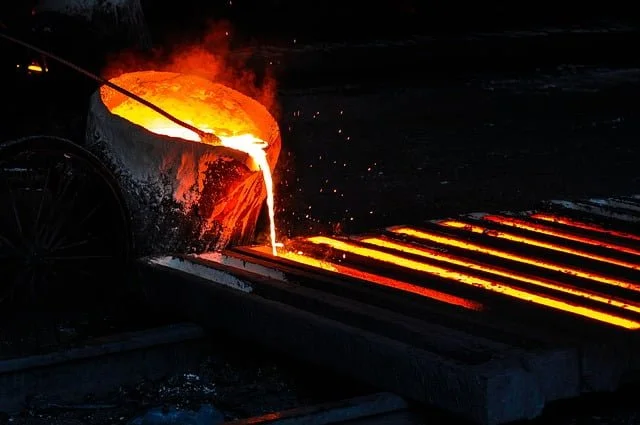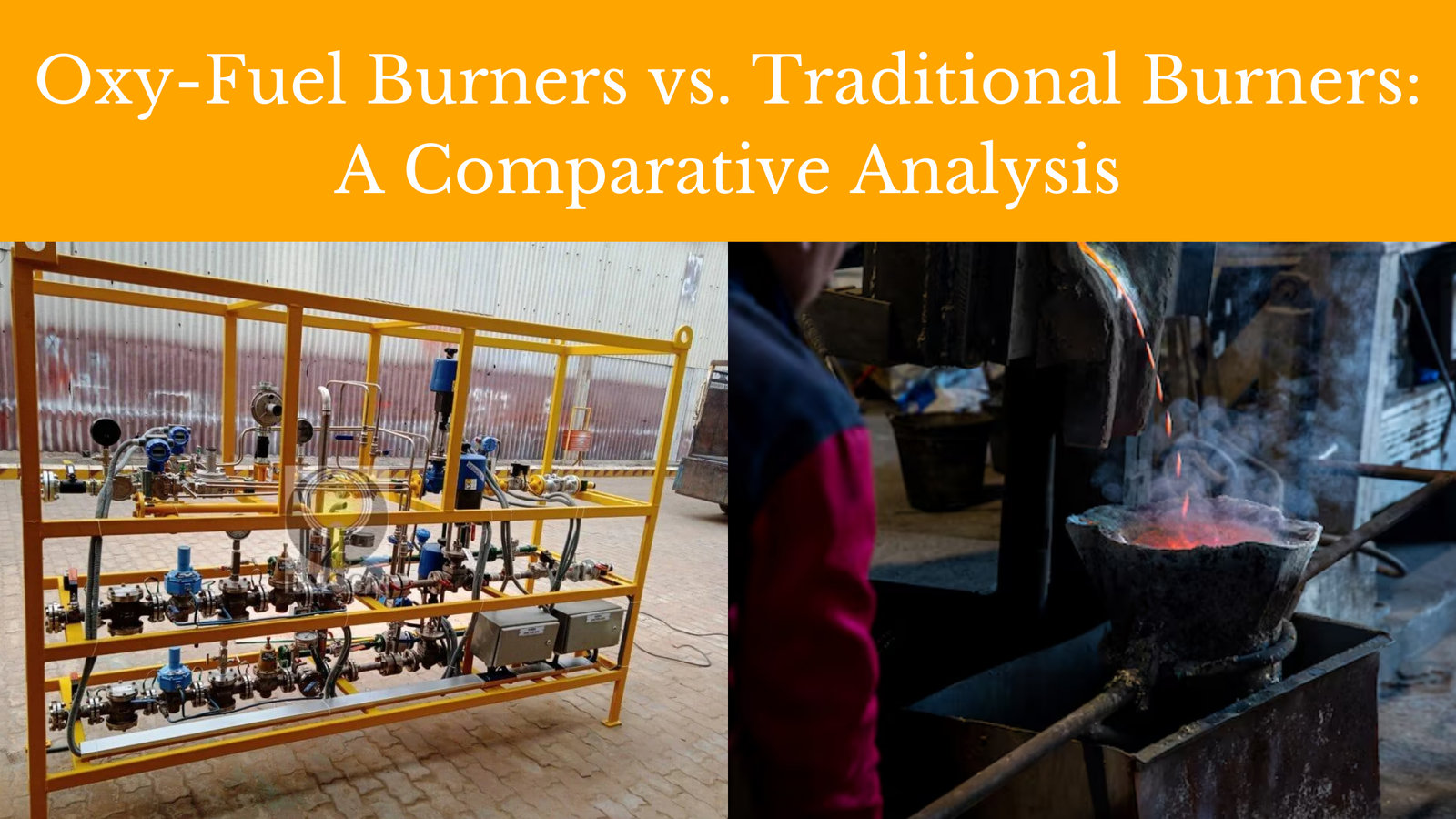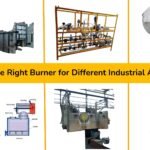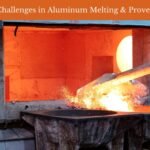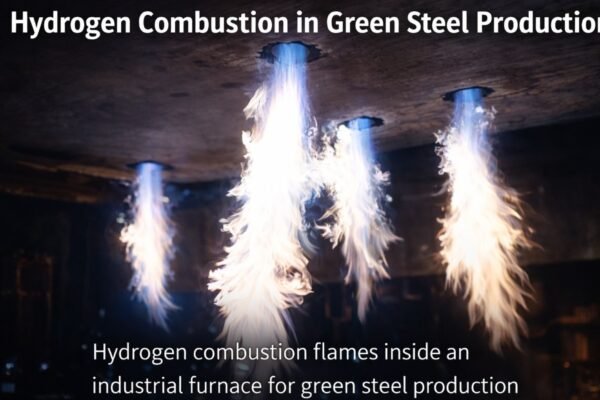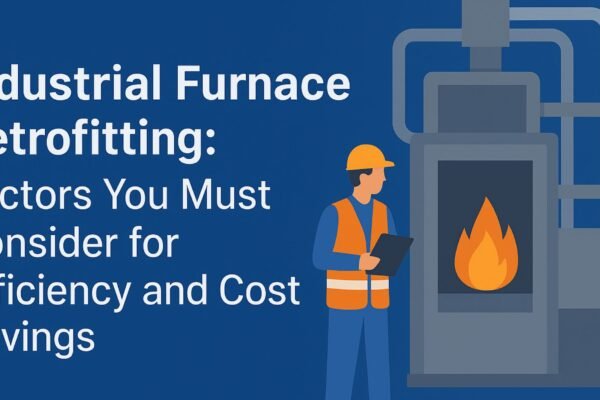In the industrial heating sector, selecting the right burner technology is crucial for optimizing energy efficiency, operational costs, and environmental sustainability. Among the most debated options is the choice between Oxy-Fuel Burners vs. Traditional Burners, each offering unique advantages and challenges. In this blog, we will explore the differences between these two technologies, providing insights to help you make an informed decision.
What are Oxy-Fuel Burners and Traditional Burners?
Oxy-Fuel Burners
Oxy-fuel burners utilize pure oxygen as the oxidizer instead of atmospheric air. This leads to a highly concentrated flame with greater thermal efficiency. The combustion process in oxy-fuel burners reduces nitrogen-related inefficiencies and emissions, making them ideal for industries prioritizing high energy output and low environmental impact.
Traditional Burners
Traditional burners, often referred to as air-fuel burners, rely on atmospheric air as the oxidizer. They are widely used across various industries due to their simplicity and cost-effectiveness. However, they inherently include nitrogen from the air, which dilutes the combustion process and contributes to higher NOx emissions.
Key Differences Between Oxy-Fuel Burners and Traditional Burners
1. Energy Efficiency
-
Oxy-Fuel Burners: Oxy-fuel burners achieve significantly higher thermal efficiency. By using pure oxygen, they eliminate nitrogen from the combustion process, allowing for faster heating and reduced fuel consumption.
Efficiency Advantage: Up to 50% fuel savings compared to traditional systems. -
Traditional Burners: Traditional burners require a larger volume of air to achieve combustion, leading to energy losses due to the heating of nitrogen. This results in lower thermal efficiency.
Efficiency Limitation: Energy is wasted on heating inert nitrogen.
2. Emissions and Environmental Impact
-
Oxy-Fuel Burners: With no nitrogen in the combustion mix, oxy-fuel burners produce minimal NOx emissions. This makes them highly suitable for industries aiming to meet strict environmental regulations. Additionally, the concentrated flame reduces greenhouse gas emissions.
Green Credentials: Lower CO2 and NOx emissions. -
Traditional Burners: The combustion process in traditional burners involves air, which contains approximately 78% nitrogen. This contributes to higher NOx levels and other harmful pollutants.
Environmental Drawback: Higher emissions compared to oxy-fuel systems.
3. Operating Costs
- Oxy-Fuel Burners: Although oxy-fuel burners offer long-term fuel savings, the upfront cost of acquiring and installing these burners is relatively high. Additionally, the production or procurement of pure oxygen adds to operating costs.
- Traditional Burners: These burners have a lower initial cost and do not require a dedicated oxygen supply, making them a budget-friendly option for smaller or less environmentally regulated industries. However, higher fuel consumption over time can offset the initial savings.
4. Application Versatility
- Oxy-Fuel Burners: Due to their superior heat intensity and precision, oxy-fuel burners are commonly used in applications like steel manufacturing, glass melting, and other high-temperature industrial processes.
- Traditional Burners: Traditional burners are versatile and suitable for a wide range of applications, from food processing to metal fabrication. However, they may not perform as efficiently in processes that demand high heat intensity.
5. Installation and Maintenance
- Oxy-Fuel Burners: The specialized design of oxy-fuel burners often necessitates customized installation and higher maintenance expertise. This can increase downtime and costs.
- Traditional Burners: With a simpler design and widespread availability, traditional burners are easier and less expensive to install and maintain.
Choosing the Right Technology for Your Needs
The choice between oxy-fuel burners vs. traditional burners depends on your industry requirements, environmental goals, and budget. Here’s a quick guide to help you decide:
Criteria | Oxy-Fuel Burners | Traditional Burners |
Energy Efficiency | High | Moderate |
Emission Control | Excellent | Limited |
Operating Cost (Long-Term) | Cost-Effective | Higher Fuel Costs |
Initial Investment | Higher | Lower |
Maintenance | Complex | Simple |
Suitable Applications | High-Heat, Precision Processes | General Industrial Use |
Why Choose Oxy-Fuel Burners?
For industries seeking maximum energy efficiency and compliance with stringent environmental standards, oxy-fuel burners are a compelling choice. They offer long-term savings on fuel and drastically reduce emissions, aligning with global sustainability goals.
However, industries with limited budgets or less demanding heat requirements may still benefit from traditional burners, especially where upfront investment is a concern.
Conclusion
The debate of oxy-fuel burners vs. traditional burners highlights the evolution of industrial heating technology. While oxy-fuel burners excel in efficiency and eco-friendliness, traditional burners remain a cost-effective solution for diverse applications. Assessing your specific operational needs, environmental priorities, and budget will guide you toward the optimal burner technology.
At Encon Thermal Engineers, we specialize in advanced thermal solutions, including both oxy-fuel and traditional burner technologies. Our expert team can help you evaluate your requirements and implement the best solution for your business.
Contact us today to learn more about our cutting-edge burner systems!
